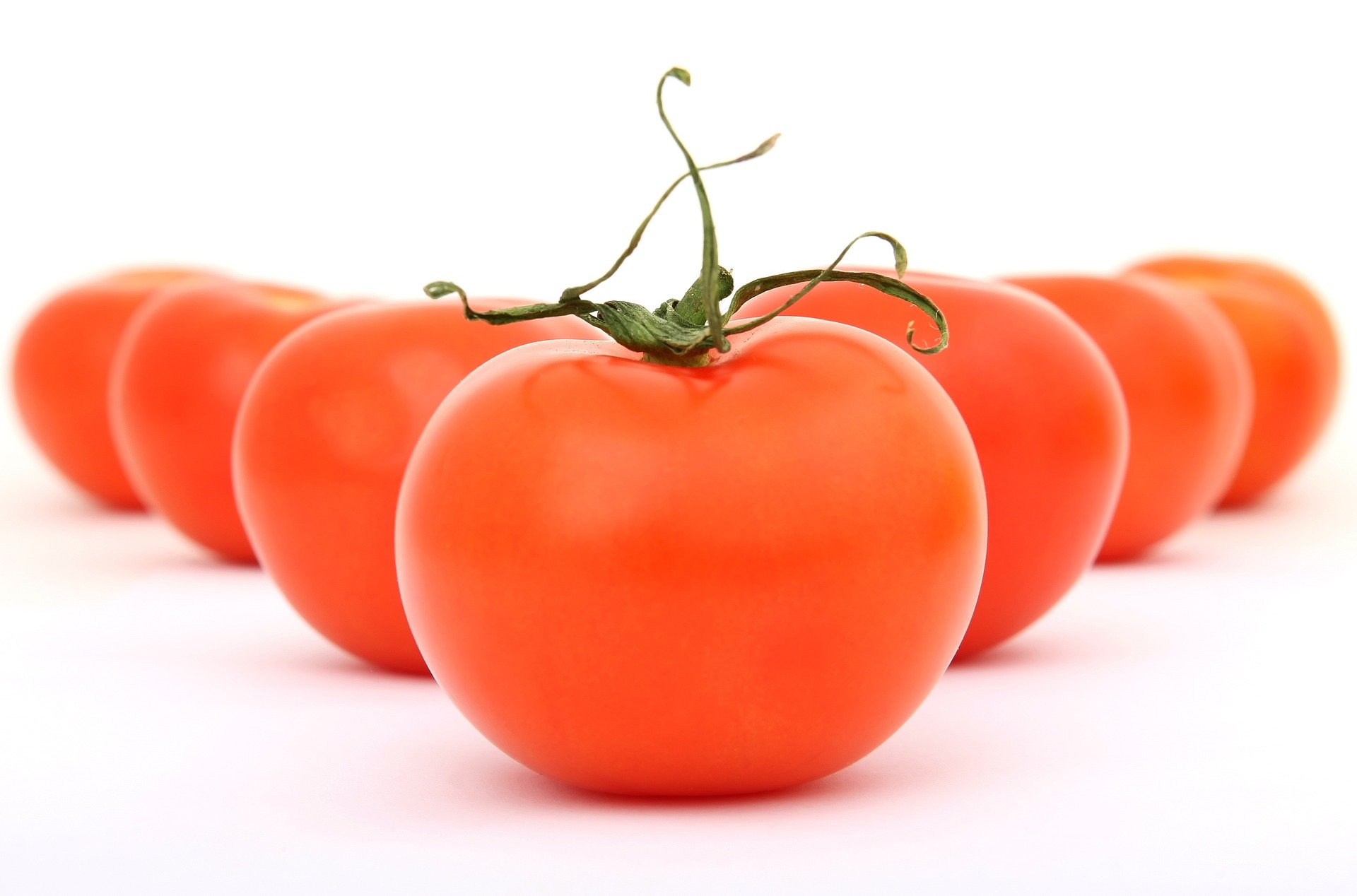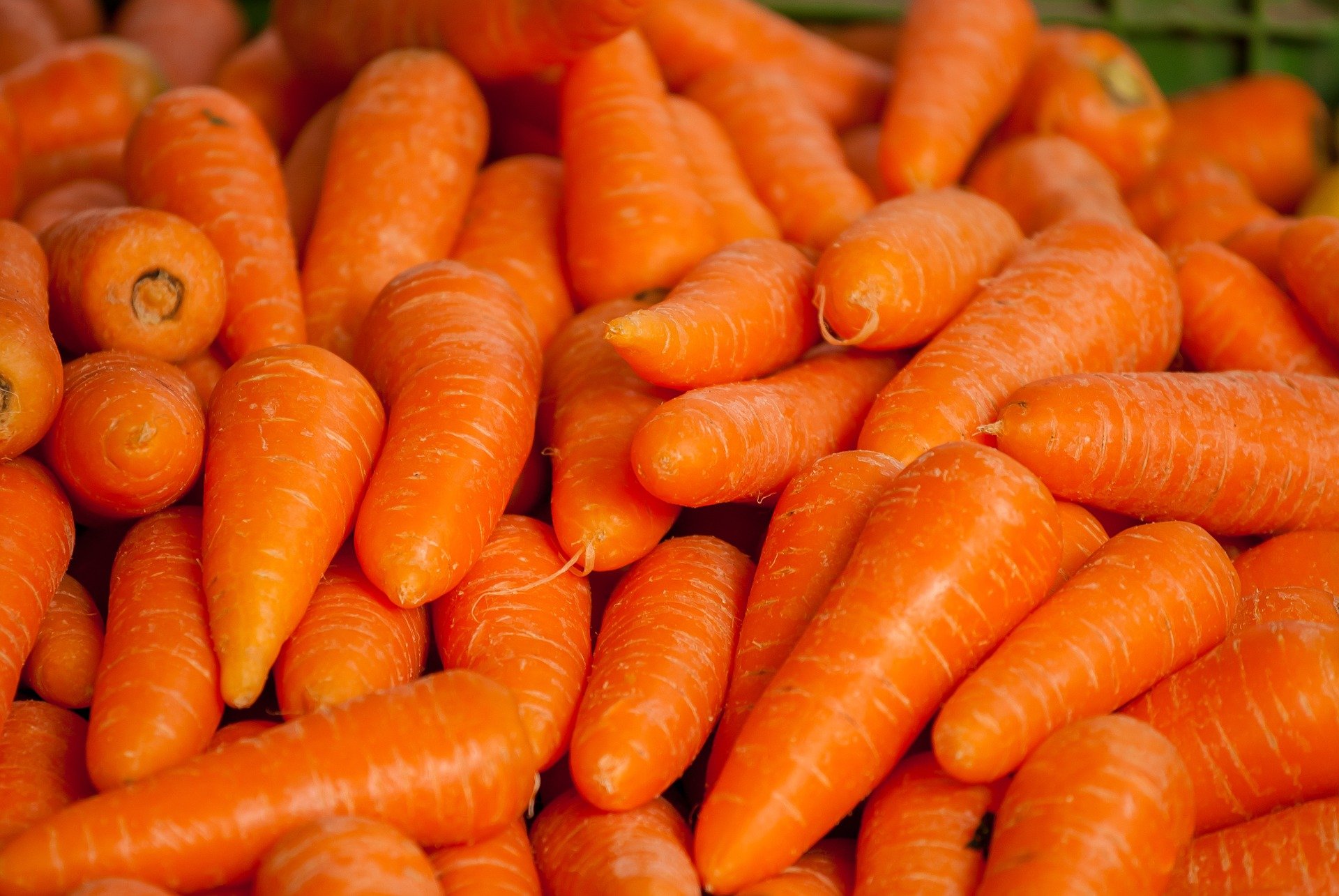https://images.hive.blog/DQmZHZinfRQDqpEKipW9eJxeQVLaCGb1sdGqqFr9uWcacB2/tomatoes-1239177_1920.jpg

Ever wonder what gives veggies their color? So I was thinking, why are tomatoes red? I looked it up and found out that tomatoes get their color from a chemical compound called lycopene. Now even though it sounds like the name of a deadly disease, I assure you it is not! I did some more digging and found out that Lycopene is actually good for you! Lycopene is good for protection against the sun's harmful UV rays, lowering blood pressure, good for the heart, and lowers the risk for some types of cancer. And Lycopene is just one of the many types of Phytochemicals found in vegetables.

What is a Phytochemical you ask? Oh, only the very thing that gives fruits and veggies their color, smell, and taste they’re known for as well as an extra wham of vitamins to keep you healthy! Phytochemicals are found in all parts of a plant able to be eaten, mainly the skin and peel. They’re are tons of different types of phytochemicals and they all do different things. In fact, to name a few: Chlorophyll, which is what makes spinach, collard greens, and parsley green, helps plants get their nutrients and energy from the sun. The center atom of a Chlorophyll chemical compound is magnesium, which, by the way is a healthy mineral that’s needed in the body. It’s a natural source of vitamins and minerals meaning chlorophyll adds some of that healthiness to that green vegetable in your fridge. Chlorophyll is also said to reduce body inflammation and give increased energy. But scientists aren’t sure that that’s absolutely true, so take these last two benefits about chlorophyll with a grain of salt. Not feeling greens right now? What about carotenoids? You know, what makes carrots, Pumpkin and corn orange and yellow! Carotenoids include beta-carotene, which are basically famous for giving carrots ALLOT of their health benefits, like being good for your eyes. (beta-carotene is also known as vitamin A.)

Carotenoids have also been known to be good for the immune system. Capsaicin, (what makes hot peppers you know, hot) is a type of Phytochemical that is said to be good for the metabolism.

Now, with all that being out there, not all phytochemicals are said to have health benefits. Antioxidants may be phytochemicals, but phytochemicals aren’t just antioxidants. And Though veggies get their colors from these phytochemicals, this does not mean every red fruit and vegetable will be high in vitamin C, while some non-red fruit and veggies will be high in vitamin C. ---
Posted on [NaturalMedicine.io](https://www.naturalmedicine.io/@restcity/why-tomatoes-are-red-what-gives-veggies-their-color)

Originally posted here: https://hive.blog/hive-120078/@restcity/why-tomatoes-are-red-what-gives-veggies-their-color








No comments:
Post a Comment